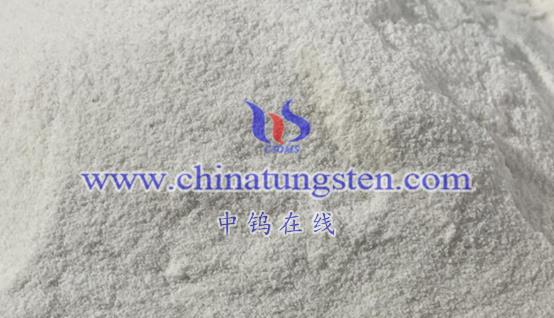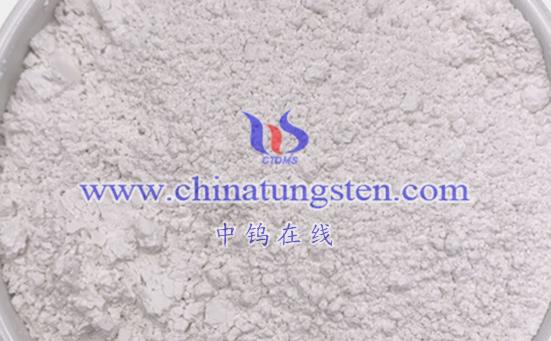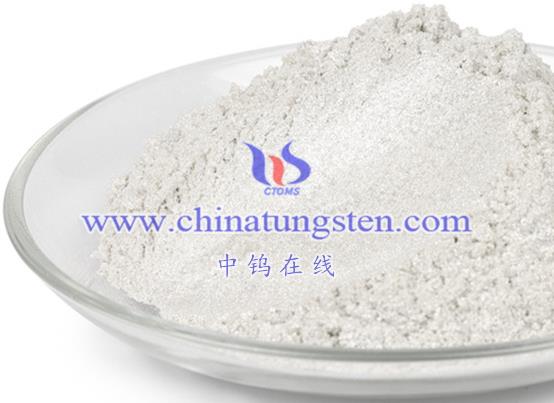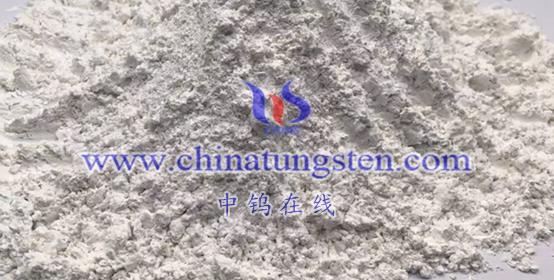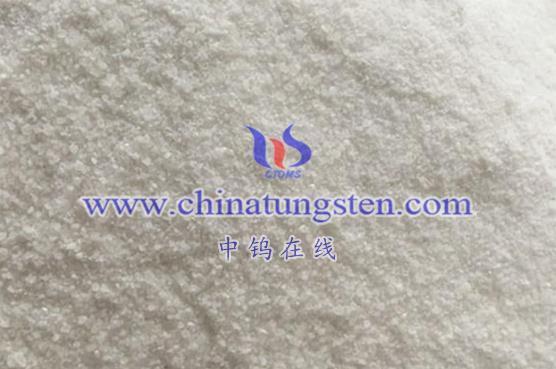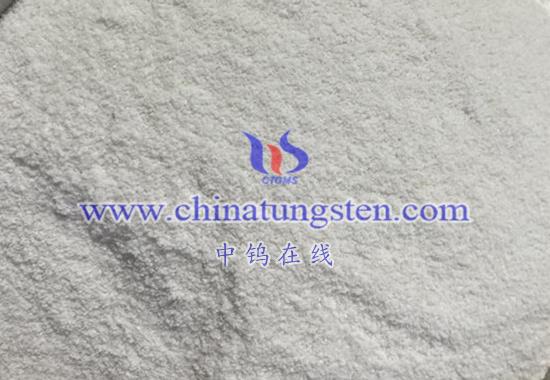
Determination of the phase change behavior of Ammonium Metatungstate usually requires the use of Differential Scanning Calorimetry (DSC) or similar thermal analysis techniques. Below are the steps for determining the phase change behavior of ammonium metatungstate, with references to relevant figures and information:
Preparation phase
Sample preparation
Weigh an appropriate amount of ammonium metatungstate sample and ensure that the sample is pure enough to avoid the influence of impurities on the phase transition behavior.
Instrument calibration
Before using the DSC, ensure that the instrument has been calibrated and preheated and stabilized according to the manufacturer’s instructions.
Step 2: Setting the experimental parameters
Temperature range
Set the appropriate start and end temperatures according to the expected phase transition temperature range of ammonium metatungstate. For example, if the phase change is expected to occur between 200°C and 400°C, the starting temperature can be set to room temperature and the ending temperature to 450°C.
Heating Rate
Select an appropriate heating rate, e.g., 5°C/min to 10°C/min. Faster heating rates may cause the phase transition peaks to broaden and overlap, while slower heating rates may make the experiment longer.
Atmosphere
Select an appropriate experimental atmosphere, such as nitrogen or air. In some cases, the atmosphere may affect the phase transition behavior of the sample.
Step 3: Perform the experiment
Place the sample into the sample tray of the DSC and make sure the tray is properly installed in the DSC.
Start the DSC experiment and record the heat flow changes of the sample during the heating process.
Step 4: Analyze the data
Observe the heat flow curve
In a DSC experiment, the heat flow curve (usually a plot of temperature versus heat flow or power) will show the phase change behavior of ammonium metatungstate during the heating process. The phase change is usually shown as peaks or valleys on the heat flow curve.
Determining the Phase Change Temperature
The phase transition temperature of ammonium metatungstate can be determined by analyzing the heat flow curve. The phase transition temperature usually corresponds to the apex or midpoint of a peak or valley on the heat flow curve.
Evaluation of the latent heat of phase change
The latent heat of phase change is the amount of heat absorbed or released during the phase change. It can be calculated from the area of the peaks or valleys of the heat flow curve. A larger latent heat of phase change indicates that more energy exchange is involved in the phase change process.
Step 5: Summarize the results
Based on the results of the DSC experiments, summarize the phase transition behavior of ammonium metatungstate, including key parameters such as phase transition temperature and latent heat of phase transition.
Precautions
Sample purity has a great influence on the experimental results, so high purity ammonium metatungstate samples should be used for the experiments.
Experimental conditions (e.g., heating rate, atmosphere, etc.) also have an effect on the experimental results, so they should be optimized according to specific experimental needs. The DSC apparatus should be fully preheated and stabilized before conducting the experiment to ensure the accuracy and reliability of the experimental results.
Through the above steps, the phase transition behavior of ammonium metatungstate can be clearly and accurately determined, and provide valuable data support for further research and application.
More details of ammonium metatungstate product, please visit website: http://ammonium-metatungstate.com/
Please contact CHINATUNGSTEN for inquiry and order of ammonium metatungstate:
Email: sales@chinatungsten.com
Tel.: 86 592 5129595

